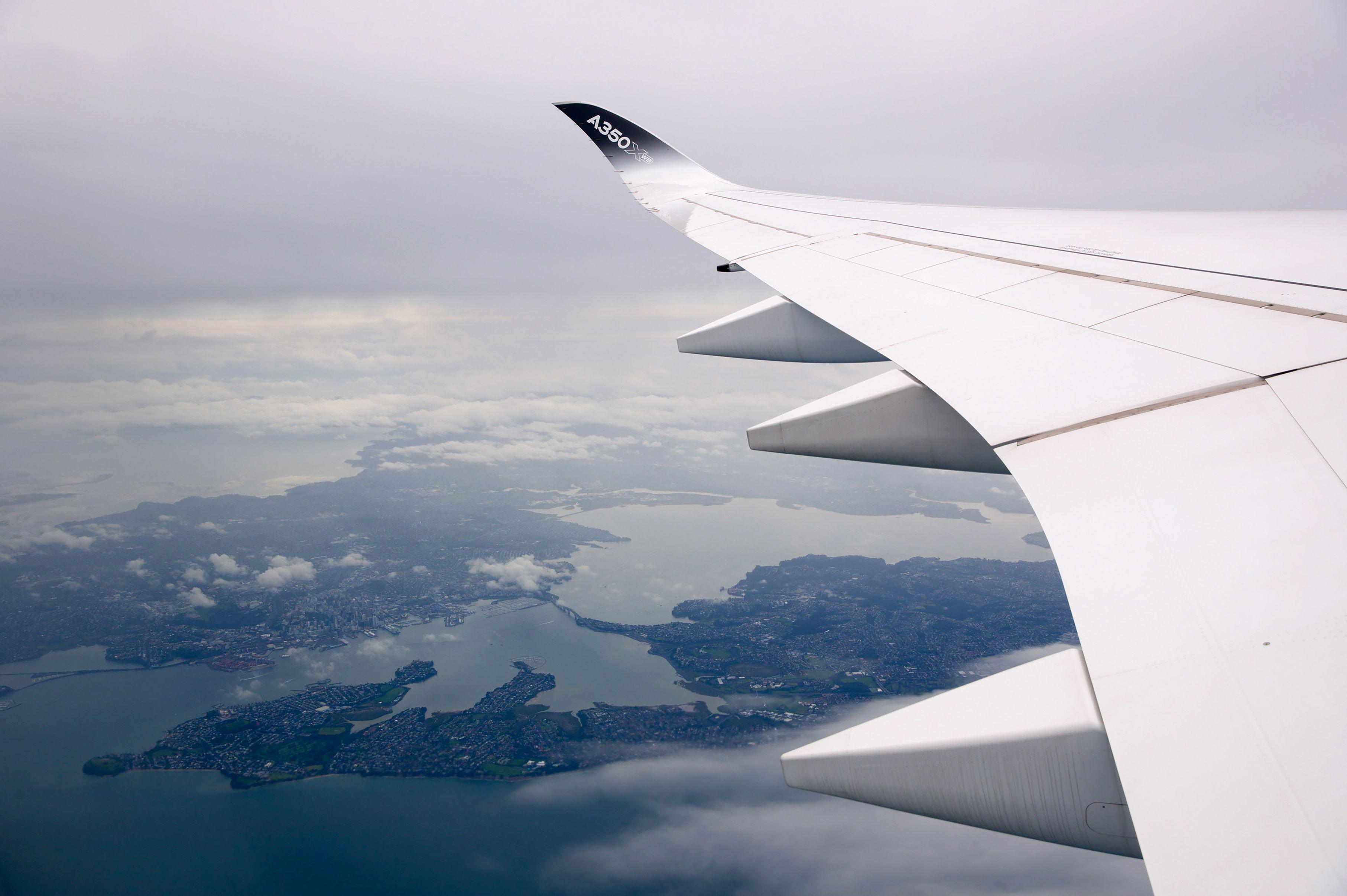
Credit: S. Ramadier/Airbus
EASA has issued a proposed airworthiness directive (PAD) for a small number of Airbus A350-900s and -1000s to ensure affected aircraft do not have two production-quality problems that, when subjected to an intense lightning strike, could create a fuel tank vapor ignition source. “Due to a production...
Subscription Required
This content requires a subscription to one of the Aviation Week Intelligence Network (AWIN) bundles.
Schedule a demo today to find out how you can access this content and similar content related to your area of the global aviation industry.
Already an AWIN subscriber? Login
Did you know? Aviation Week has won top honors multiple times in the Jesse H. Neal National Business Journalism Awards, the business-to-business media equivalent of the Pulitzer Prizes.
